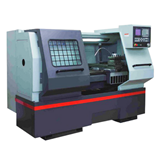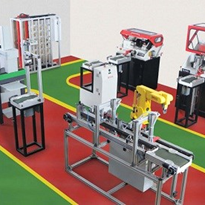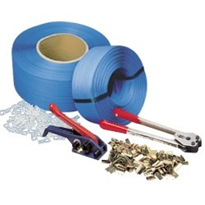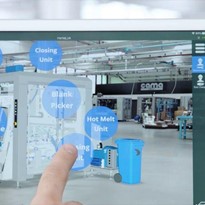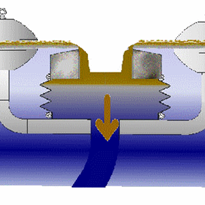Much like earlier disruptions, this one introduces new technological capacities but also makes formerly effective procedures obsolete. Industry 4.0 is characterised by nearly complete integration of physical and digital realms and increasingly important role of automation and artificial intelligence. In a single metaphor, this entire trend is leading us towards a smart factory where all processes are directed and controlled in real time by optimised digital systems.
Of course, smart factories and smart offices still employ human workers, whose role might be changed but won’t be diminished. Well-adapted workforce should be able to take advantage of the innovations and become more effective. Here is how employers can initiate the transition to the Industry 4.0 era and help their workers cope with some of its most challenging aspects:
Developing new skills
Contemporary workers in Australia are highly skilled when it comes to computer use, but many of them use digital tools merely for task execution. As technology evolves into a more guiding role, workers need to be retrained and educated about the advantages of data-based decision making. Due to inherent advantages of Industry 4.0 technologies, workers should spend less time on repetitive or predictable tasks and channel their energy towards more creative endeavours. Data interpretation and trend analysis will become particularly important skills in an environment where all processes are based on digital systems. Cost-effectiveness will become a more important measuring stick than it is today, forcing skilled employees to be aware of the economic impact of their actions.
Hiring younger people
There is a limit to how many new tricks an old dog can learn. That’s why it’s important to refresh the workforce composition with a few young lions who understand the latest technology better than older candidates. Companies should take this factor into account during the recruitment process, although not to the point they are hiring hype instead of actual expertise. It sometimes makes sense to hire Millennials in non-traditional roles, giving them the opportunity to showcase their unique mind-sets in a practical context. Alternatively, younger employees can be integrated into existing teams to infuse some energy and technological savvy without disrupting a well-performing model.
Demystifying technology
Workers are less intimidated by complex technology when they are understand its major principles of operation, and this holds true for AI-driven processes as well. While it would be preposterous to expect rank and file employees to fully grasp programming techniques used to develop the system, they should be regularly briefed about recent technological upgrades. Within the Industry 4.0 paradigm, technology must be viewed as an organic part of the company and not a separate layer superimposed over a traditional structure. The sooner this attitude is adopted by a majority of the workforce, the greater will be the gains from deployment of innovative solutions and adoption of novel methodologies.
Clarifying roles
Responsibilities of individual workers and teams are undergoing a period of change, which can sometimes lead to confusion. Too often, workers fail to be proactive because they rely on technology to solve everything. This tendency can be countered by good leadership and logical clarification of the evolving roles and positions. Clear direction also helps to avoid internal divisions and misunderstandings driven by the fear for job stability in the future. When everyone is on the same page, change will be far less stressful and the transition period will last shorter. HR departments have a big role to play in this process, translating management decisions into actionable, well-communicated plans.



